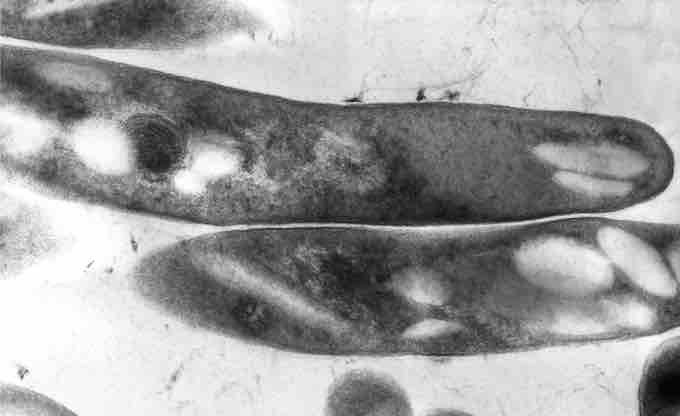Antimycobacterial antibiotics are a class of antimicrobial drugs that target mycobacterium. Mycobacterium is a genus of Actinobacteria that includes pathogens known to cause serious and infectious disease. The types of pathogens considered to be mycobacterium include Mycobacterium tuberculosis (tuberculosis) and Mycobacterium leprae (leprosy). Mycobacterium grow in a mold-like manner on the surface of liquids when cultured. Antiomycobacterial antibiotics specifically target these types of microbes.
A type of antimycobacterial antibiotic includes the class of drugs used for tuberculosis (TB) treatment. The standard "short" course treatment for TB is isoniazid, rifampicin (also known as rifampin in the United States), pyrazinamide and ethambutol for two months, then isoniazid and rifampicin alone for another four months. The patient is considered cured at six months (although there is still a relapse rate of 2 to 3%). For latent tuberculosis, the standard treatment is six to nine months of isoniazid alone.

Mycobacterium
Mycobacterium are a class of bacteria defined by their ability to grow in a mold-like manner. Here, a TEM of Mycobacterium tuberculosis, the causative agent of tuberculosis. Antimycobacterial antibiotics target mycobacterium.
If the organism is known to be fully sensitive, then it is treated with isoniazid, rifampicin and pyrazinamide for two months, followed by isoniazid and rifampicin for four months. Ethambutol need not be used. Most regimens have an initial high-intensity phase, followed by a continuation phase (also called a consolidation phase or eradication phase) - the high-intensity phase is given first, then the continuation phase.
There are six classes of second-line drugs (SLDs) used for the treatment of TB. A drug may be classed as second-line instead of first-line for one of three possible reasons: it may be less effective than the first-line drugs (e.g., p-aminosalicylic acid); or, it may have toxic side-effects (e.g., cycloserine); or it may be unavailable in many developing countries (e.g., fluoroquinolones): aminoglycosides: e.g., amikacin (AMK), kanamycin (KM); polypeptides: e.g., capreomycin, viomycin, enviomycin; Fluoroquinolones: e.g., ciprofloxacin (CIP), levofloxacin, moxifloxacin (MXF); thioamides: e.g. ethionamide, prothionamide.
For treatment of leprosy, caused by Mycobacterium leprae, the traditional antimycobacterial drugs include promin (the first treatment introduced to fight leprosy) and dapsone (which eventually become obsolete as Mycobacterium leprae quickly evolved resistance). Modern drugs which were developed in response to the resistance was clofazimine and rifampicin. The use of multidrug therapies including dapsone, clofazimine and rifampicin were advantageous due to the low risk of antibiotic resistance. However, the use of these multidrug treatments was costly and only adopted in endemic countries when the World Health Assembly passed a resolution to eliminate leprosy in 1991.